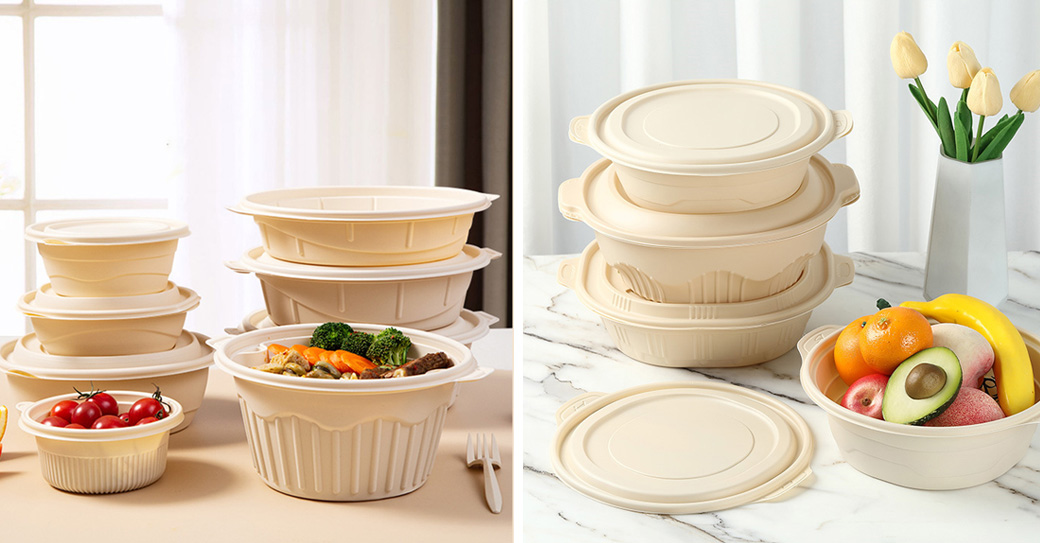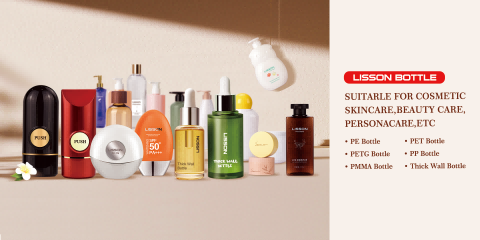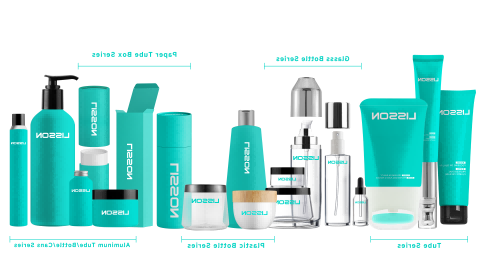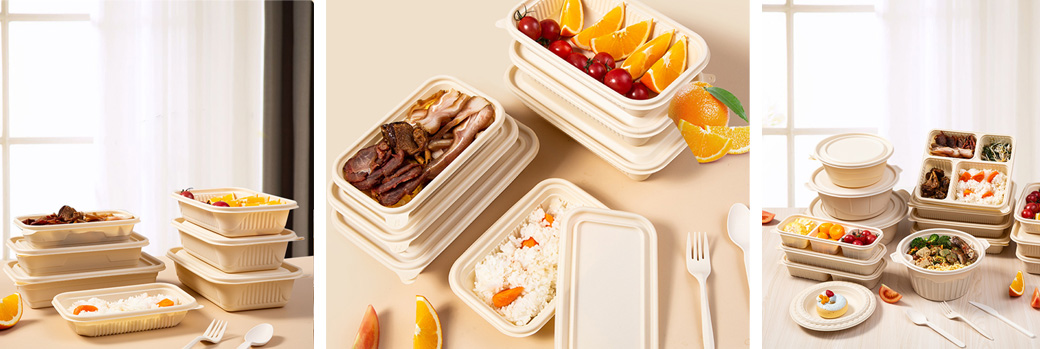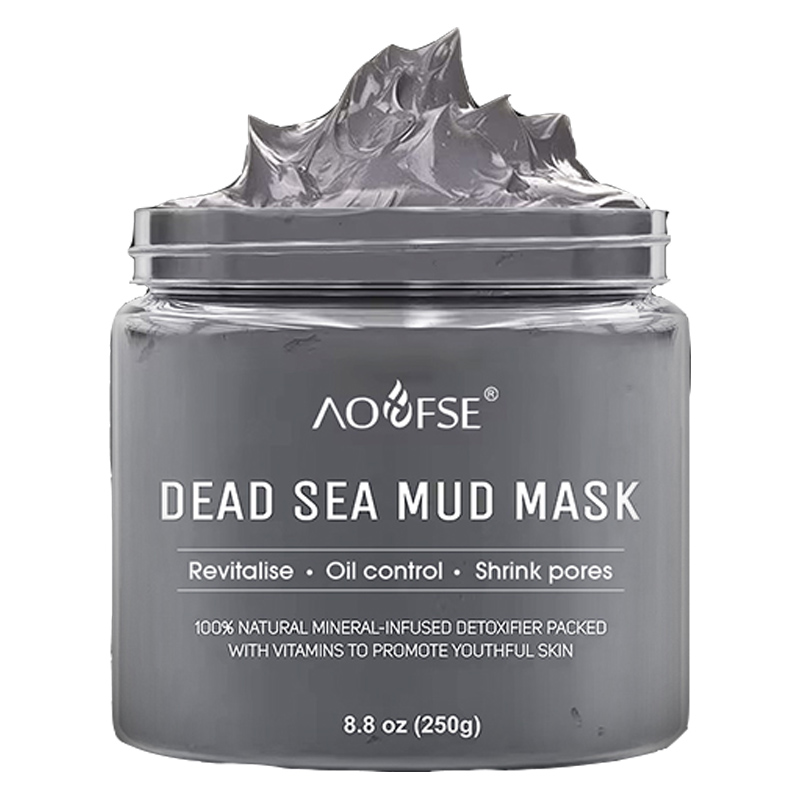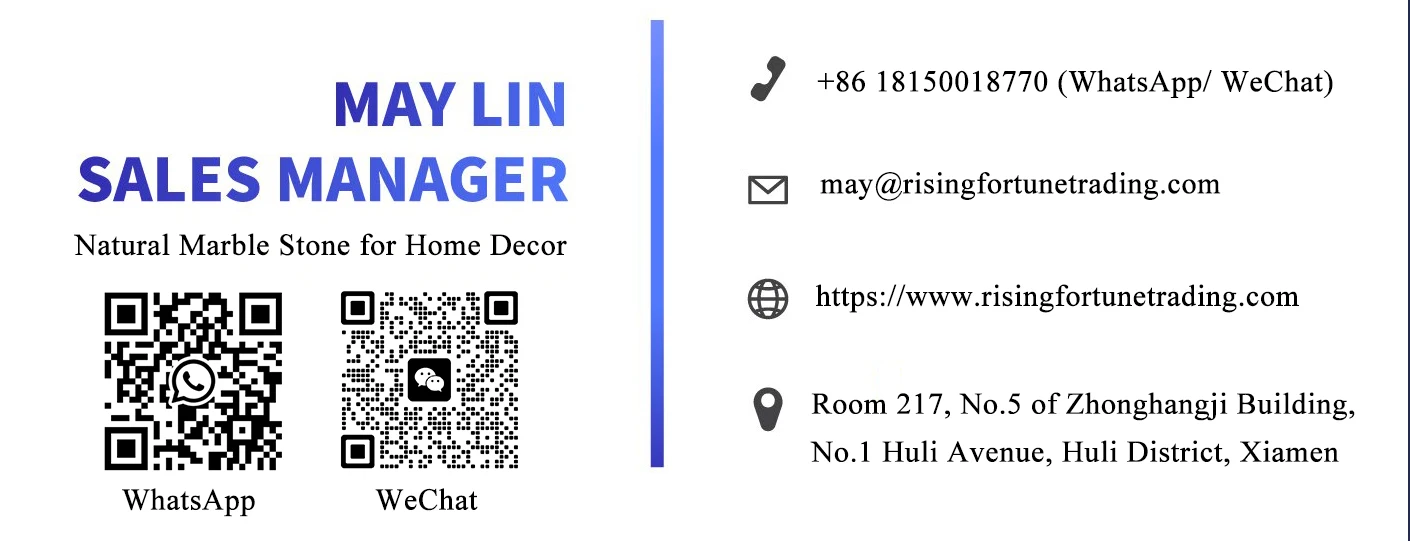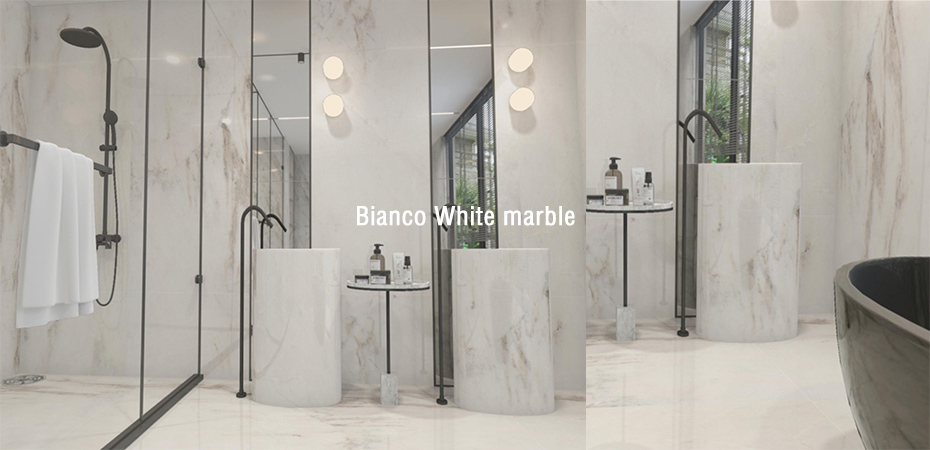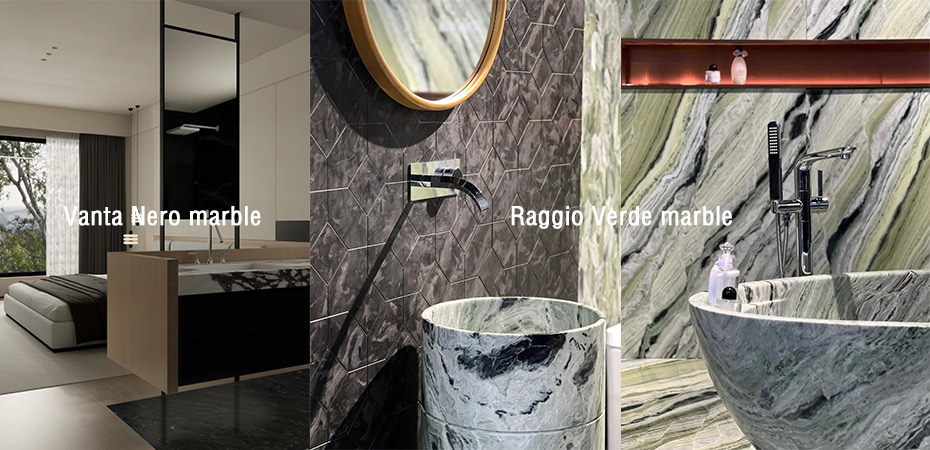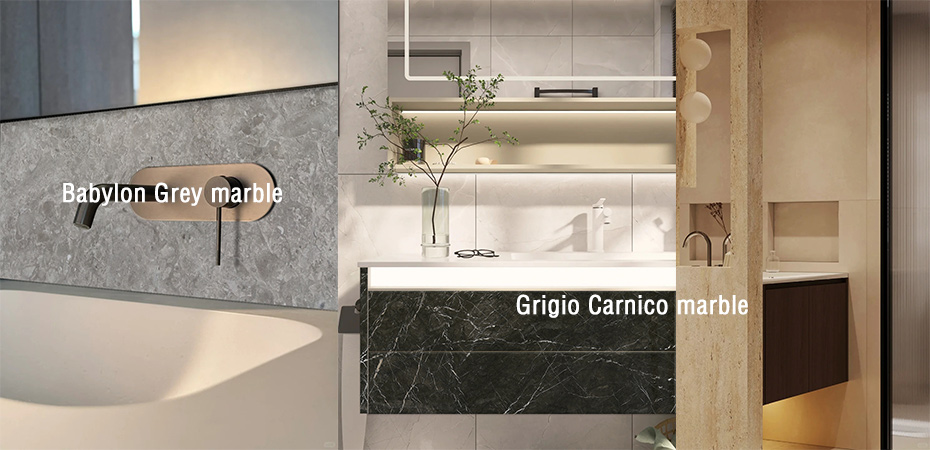What is The Difference Between Concert Hall and Stage? 1. the functions are different. concert hall is a building to hold whole concerts activities, it is a place where actors and audiences stay at; while stage is the platform where only actors give performances.2. the sizes are different in greatly. concert hall is much larger than a stage, concert stage is a part of elements in a concert hall.
Unraveling the Performance Puzzle: Concert Hall vs. Stage
The world of music and theatre thrives on the powerful interplay between performers and audiences. But what are the key spaces that make this interaction possible? Two terms often blur together: **concert hall** and **stage**. While both are integral to the performance experience, they play distinct roles, each with its unique function and characteristics.
The Concert Hall: A Sanctuary for Sound and Spectacle
Imagine a grand, architectural marvel, designed to amplify the beauty of sound and immerse audiences in a shared experience. This is the essence of a **concert hall**. More than just a building, it's a carefully crafted space specifically engineered for musical performance.
**Function:** The primary function of a concert hall is to host **concerts**, encompassing a vast range of musical genres, from classical symphonies to contemporary rock concerts. It serves as a gathering place for performers and audiences, creating a sense of community and shared appreciation for music.
**Design:** Concert halls are meticulously designed to optimize acoustics. The shape, materials, and even the seating arrangement play a crucial role in ensuring clear sound projection and a balanced listening experience. The design often incorporates architectural elements like balconies, tiers, and ornate decorations, adding to the grandeur and ambiance.
**Size:** Concert halls are typically **large-scale structures** capable of accommodating hundreds, if not thousands, of spectators. The sheer size allows for expansive performances and intricate stage productions.
The Stage: The Heart of the Performance
While the concert hall sets the stage for the performance, the **stage** itself is the focal point of the action. It's the platform where performers take center stage, transforming their artistry into a captivating spectacle.
**Function:** The stage serves as the **performance space** where actors, musicians, dancers, and other performers showcase their talents. It's a dynamic space that comes alive with movement, sound, and light, captivating the attention of the audience.
**Design:** concert stages vary widely in size and design, depending on the type of performance they host. Some are simple, elevated platforms, while others are elaborate, multi-level constructions with intricate sets and technical equipment.
**Size:** Unlike concert halls, stages are **relatively smaller** in scale. They are typically designed to accommodate the specific needs of the performers and the production, ensuring optimal visibility and a clear connection with the audience.
The Interplay: A Symbiotic Relationship
While concert halls and stages are distinct entities, they exist in a symbiotic relationship. The concert hall provides the framework for the performance, while the stage provides the platform for the performers to showcase their skills. The interplay between these two spaces creates a captivating experience for the audience, transporting them into the world of music and theatre.
Understanding the Differences: A Deeper Appreciation
Recognizing the distinct functions and characteristics of concert halls and stages enriches our understanding of the performance experience. By appreciating the meticulous design and engineering that goes into each space, we can truly appreciate the artistry and dedication that breathes life into every performance. Whether it's the echoing grandeur of a symphony orchestra in a concert hall or the intimate energy of a solo performer on a stage, both spaces play essential roles in bringing the magic of performance to life.
